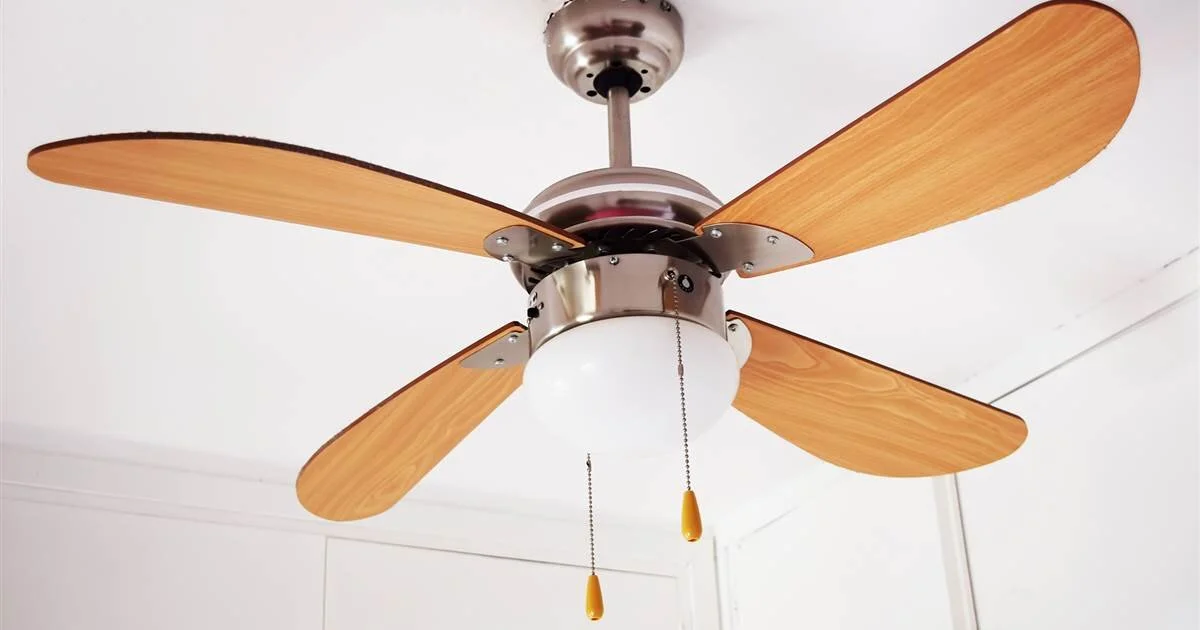Room Temperature: How It Affects Learning
Have you ever been out and about on a hot afternoon in a humid climate? At some point, your hair is dripping wet, and perspiration is running down your back. By the time you get home, you’re too tired to do anything for a couple of hours.
Now, think of the days you’ve interacted with kiddos after a hot day in class. At the end of school, they look drained….and so do you. Ask them what they’ve learned and in most cases, the answer would be, “I don’t know!” Though we think it’s a passive answer, they might actually forget. It has a lot to do with temperature.
I think we can probably all relate to how high humidity and hot weather makes it harder to concentrate and leaves us feeling drowsy.
A study carried out by Harvard Kennedy School Associate Professor Joshua Goodman, evidenced that children had lower scores after a hot academic year. This study was carried out on 10 million American high school students from 2001 to 2014. The research showed that an air conditioned classroom offset the impact of cumulative heat exposure on the students’ academic performance.
Learning shouldn’t be entirely focused on teaching methods and content, forgetting the environment of the class itself. Today, we’ll look at how temperature affects concentration, learning, and productivity.
Need help with room design?
➡
Let's chat!
➡
Need help with room design? ➡ Let's chat! ➡
What are the effects of heat and cold on learning?
Remember Maslow’s Hierarchy of Needs?
It’s clear how too hot or too cold temperatures hinder us from achieving our high-level needs like learning. The brain is constantly instructing our body to do something to get us to thermal comfort (AKA safety, in terms of temperature).
The Harvard-based National Bureau of Economic Research that we’ve seen above clearly showed:
“On average, a school year that was hotter by 1°F (0.56°C) correlated to a loss of 1% of a year's learning.”
Each additional school day with temperatures above 90°F (32°C) resulted in the loss of one-sixth of 1% of a year's learning, while days over 100°F (38°FC) resulted in the loss of 0.5% of a year’s learning.” THAT’S CRAZY!
Also, recent research by Cornell studied the effects of cold on the performance of some Florida-based employees. It was clear that when temperatures were low (68°F/20°C) employees made 44% more mistakes than at optimal room temperature (77°F/25°C). Also crazy! When it was cold, employees were more distracted since they were using a substantial amount of energy to keep warm.
Therefore, whenever we are exposed to either extreme, very little of our energy is used for concentration, focus, or productivity...secondary concerns of our brain.
According to the Illinois Department of Public Health, classroom temperatures should be maintained between 68 – 73 degrees Fahrenheit.
What is the solution to our classrooms?
Install air conditioning units in classes. But, that’s not always cheap or easy.
Lack of air conditioning is surprisingly widespread. Also, just because some classrooms have air conditioning units, it doesn’t mean they work. In New York City, for instance, more than a quarter of the classes don’t have air conditioning. It’s the nation’s largest school district. On the brighter side, city officials announced that every class will have an air conditioning unit by 2022. We shall see.
Goodman and his fellow researchers state:
“School air conditioning would offset over $25,000 per classroom per year in future lost earnings due to temperature increases predicted by climate change models. The… benefits appear substantially larger than the costs of installing and operating such infrastructure.”
What else can we do besides air conditioning?
Parents should dress children in lightweight and cool clothing during hotter months and vice versa during the cooler months. Layers also help in the winter months.
Sunlight warms up the room. While usually a good thing, too much sunlight causes the temperature to increase beyond our ideal 68-73 degrees Fahrenheit. So, how do we cool it down?
Curtains help as do blinds, but try to avoid too much darkness for too long. Artificial light and little natural light have their negative effects, too.
Try fans to get air circulating. You could also put a tray of water or ice below the fan, and it will cool off the room a bit. Consider tying ribbons to oscillating fans, as well. The visual of the ribbons blowing will make the room seem visually cooler.
Colors matter, too! Try to include more warm colors in the winter and cooler colors in the summer.
Other ideas would be moving class to another part of the building or possibly outside.
One final thought is make sure drinking water is available. Water naturally neutralizes the body temperature. It’s also good for the brain’s functioning!
If you haven’t figured it out yet, room design with the brain in mind is one of my FAVORITE topic areas. If you need help in designing a classroom, reach out! I’ll go through how to create an environment with optimal performance of your kiddos in mind.
Or, check out our online course on room design that dives deep into all the room design elements!
Questions? Need help? Reach out!
Email: hello@thebehaviorhub.com
Social media: @thebehaviorhub
Online school
Schedule a discovery call







